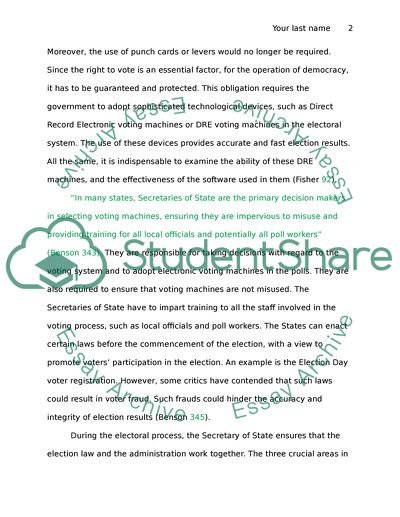Cite this document
(The Vulnerability of Voting Machines in American Election Research Paper, n.d.)
The Vulnerability of Voting Machines in American Election Research Paper. Retrieved from https://studentshare.org/politics/1722438-the-vulnerability-of-voting-machines-in-american-election-administration
The Vulnerability of Voting Machines in American Election Research Paper. Retrieved from https://studentshare.org/politics/1722438-the-vulnerability-of-voting-machines-in-american-election-administration
(The Vulnerability of Voting Machines in American Election Research Paper)
The Vulnerability of Voting Machines in American Election Research Paper. https://studentshare.org/politics/1722438-the-vulnerability-of-voting-machines-in-american-election-administration.
The Vulnerability of Voting Machines in American Election Research Paper. https://studentshare.org/politics/1722438-the-vulnerability-of-voting-machines-in-american-election-administration.
“The Vulnerability of Voting Machines in American Election Research Paper”, n.d. https://studentshare.org/politics/1722438-the-vulnerability-of-voting-machines-in-american-election-administration.


